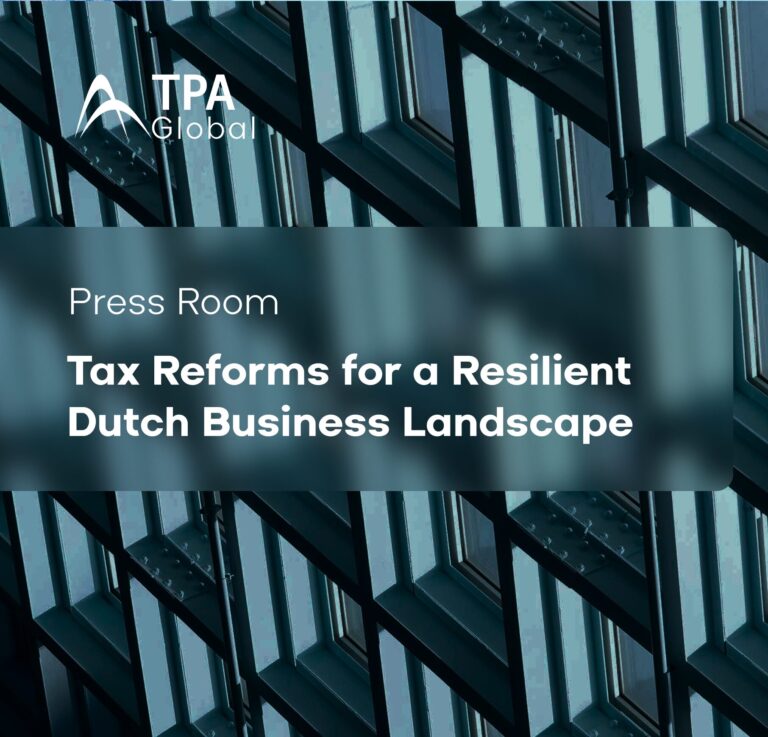Have you ever dreamed that the software would help you to perform your tax and transfer pricing tasks faster and more efficient? The dreams are coming true! The tasks can be automated and the transition is already happening, and not only among the corporates. In one of our previous articles, ‘Tax administrations raise the playing field with technological solutions’, TPA Global presented the increased usage of technology by tax administrations.
Manual versus Automated
One of the benefits of automation is that it helps to avoid mistakes in calculations and other repetitive tasks. A software will need to be programmed correctly once, after that it automatically repeats the programmed task. Softwares have their flaws as well, as they rely on the programmer, require maintenance and need to be updated every now and then, but it still will save a lot of time.
A large multinational located in 30 countries, requiring 5 layers of documents (Country-by-Country Reporting, Master File, Local File, Local Transfer Pricing Forms and Corporate Income Tax Return) per country, will end up with at least 150 documents to be produced yearly. Human resources will take a significantly longer time comparing to the software tools. When creating a local file manually, a person will need to change all specific information, and that creates a high probability of errors and typos. On a contrary, a software would have one document template with placeholders to which the relevant information will be populated automatically thus ensuring consistency.
What can a software do for you?
Many MNEs already use various finance and accounting softwares. However, it is unlikely that they cover tax-specific areas such as tax planning, transfer pricing, tax provisioning, tax compliance and tax controversy. These areas are represented by tax technology solutions that have recently appeared in the market.
However, when it comes to selecting such solution, it appears to be harder than it seems. You would might have a general idea of what you need, but in what way would you like that? For example, you would like to have a workflow management software. Would you like to be able to delegate, keep track of projects, send automatic notifications or perform a review? Or, for instance, you are looking for a finance analytics software. What type of extraction would need to be used considering your ERP system? Would like the software to calculate what-if scenarios?
To choose a software that would suit your needs and facilitate your work, you should answer these and other various questions. Otherwise, you might end up with a useless solution that could even take more of your precious time instead of saving it.
SUITE 2020
TPA Global can help you in finding the perfect fit-for-purpose software with SUITE 2020. This platform combines different tax technology solutions from various software providers. Together with our software partners, we can help you to choose, implement and maintain a tax technology solution as well as creating processes, workflows and governance models for the most effective use of software by your team.


